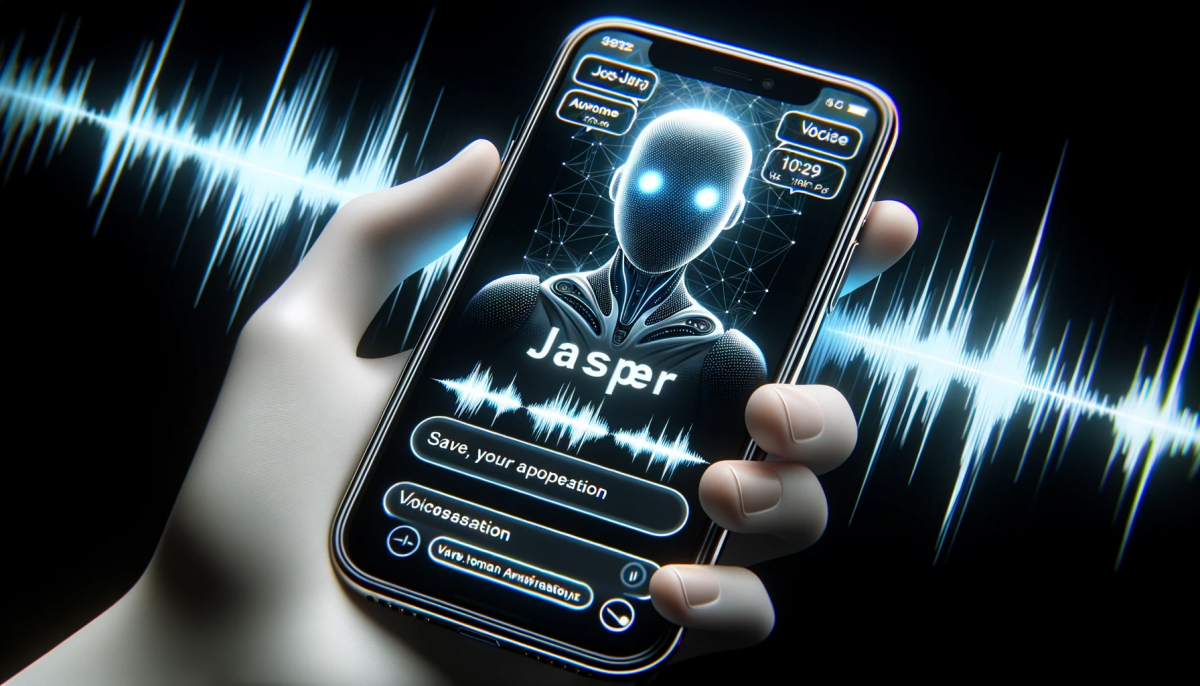I recently became a ChatGPT Plus user and had the opportunity to explore the new features of ChatGPT-4. OpenAI just introduced new functionalities, including voice and image capabilities. The primary voice feature is the new voice chat function users can engage with Chat-GPT on their mobile device (OpenAI, 2023). So, I went ahead and tested this feature!
At first, you are prompted to select your preferred voice out of five options. I tried all of them and was immediately surprised at how natural these voices sound, especially compared to known voice assistants like Siri or Alexa. I chose the voice “Ember” and proceeded. A new window opens, and you are ready to talk after the connection is built up.
I initiated the conversation by asking the AI how it was doing, but only got the response that it has no feelings because it is a computer program – so far so good, and not that surprising. Then I thought about how I could test its capabilities to behave like a “friend” and came up with some topics, even serious ones, that I would typically discuss with a real friend. Those topics included day-to-day conversations about university or work, sports, travel plans, and more serious subjects such as relationship problems, sickness of a family member, or mental health struggles. I think all of us have heard stories about harmful advice that AI tools gave its users, so I was excited to see its reactions to my subjects. I always started the conversation saying: “Imagine you are my best friend. I’m going to tell you about a topic that I would usually discuss with a friend. React like a human would.”
Honestly, the conversations were surprisingly good. The AI gave insightful comments, showed compassion, and offered interesting solutions and tips. It asked questions for more details of the issue or wanted to know how I felt about the offered tips. Overall, the conversations were obviously not as engaging as with a human, especially because of the loading times between my verbal input and the response, but the quality of the voice and the insightful answers really surprised me.
I’m excited to see how this feature progresses. Let me know your thoughts in the comments!
References
OpenAI. (2023, September 25). ChatGPT can now see, hear, and speak. OpenAI Blog. Retrieved from https://openai.com/blog/chatgpt-can-now-see-hear-and-speak




